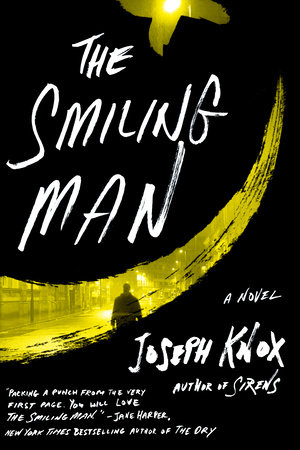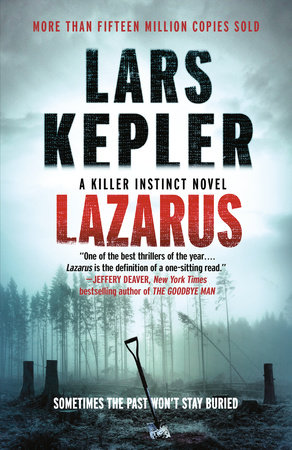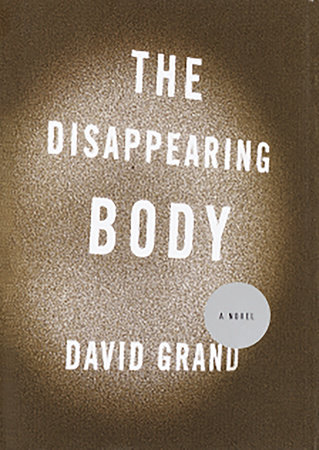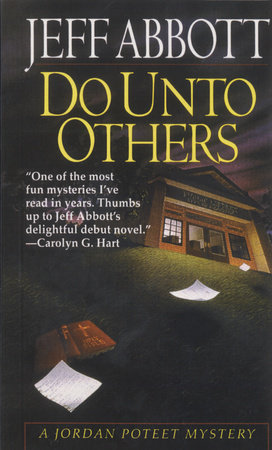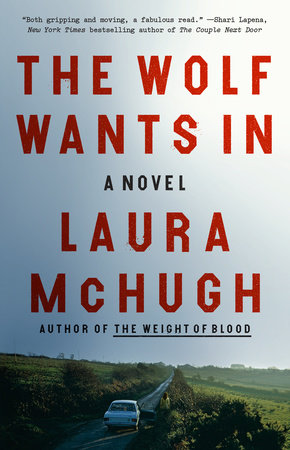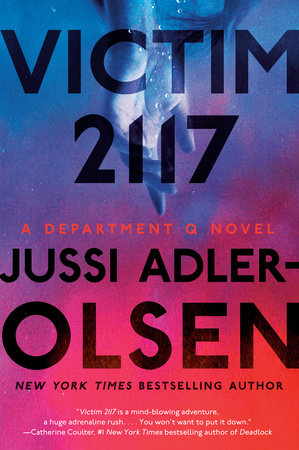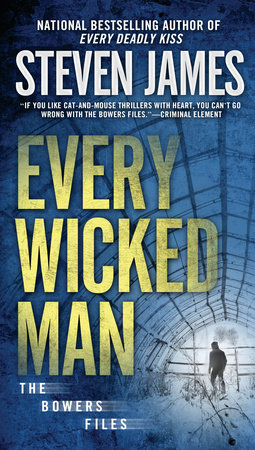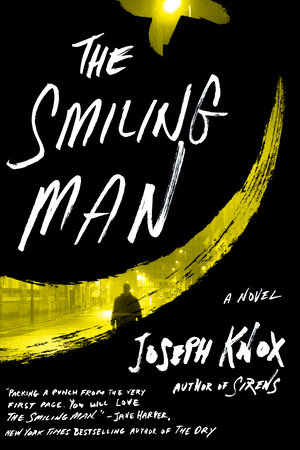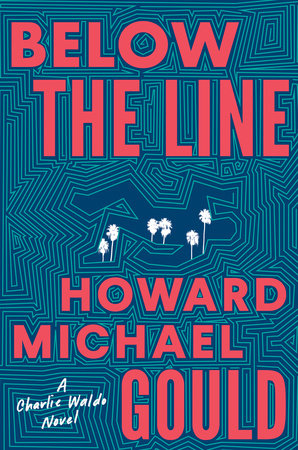Author Q&A
What was your inspiration for writing THE SMILING MAN, and what can you tell us about the true crime that the book is based on?
The real case that inspired The Smiling Man is known as Tamam Shud, or the Somerton Man. It refers to a man who traveled to a small town in Australia by untraceable means and was found dead, the victim of a suspected poisoning, in 1948. To this day, he’s never been identified, and the bewildering circumstances of his death have never been explained. There’s almost too much to go into, but those circumstances include a personalized book, an unbreakable code, and an ominous message sewn into the man’s clothing, Tamam Shud, which translates from Persian as “ended” or “finished.”
How did you go about bringing a case from 1940s Australia to modern-day Manchester? Do you have theories about what really happened to the Somerton Man?
What spoke to me about the case was the man’s lack of identity. Without giving too much away, in both the real-life case and the adapted one I used for The Smiling Man, the victim seems to have discarded or intentionally obliterated his own identity. Aidan Waits, my protagonist, is a man who lost his identity at a young age when his mother gave him up for adoption. As Aidan delves into the case, searching for the smiling man’s real identity, so too does his own real identity come looking for him, until it’s close enough to reach out and tap him on the shoulder . . .
As to real answers? I think the man was likely a Russian spy, but that this last journey was romantic in nature, trying to make contact with a former lover and exposing himself in the process.
How has Detective Aidan Waits evolved since Sirens?
In many ways, Sirens was an attempt to cross the noir detective story with the coming-of-age drama. After the traumatic events of that book, Aidan is a more fully realized person. He’s seen people throw their lives away and can no longer treat his own so brazenly. Here, he’s working his first big murder case, trying to prove that he can be relied on and trying to do the right thing. At the same time, in asking questions about who the smiling man is, he begins asking questions about who Aidan Waits is.
What made you decide to bring readers deeper into Aidan’s past? Do readers have Aidan’s full background, or is there more to learn?
The questions of identity hanging over the book like smog just made it too good an opportunity to miss. There were hints in Sirens that something awful lurked in Aidan’s past, and I sometimes get annoyed with writers dragging things like that out, so I wanted to deliver a real story on the subject rather than tease or drip-feed it over ten books. With that said, there’s definitely more, and worse, to come!
Aidan goes head-to-head with a fantastic set of characters, including his superior who rides a fine line between cop and criminal, a right-wing TV commentator blackmailing a college student, and a club owner who exploits young women to ensure a steady stream of customers. Are any of them based on real people?
Usually I think my characters are fully invented, but I think all the above examples have their roots in real people. All of them, interestingly, present different traits of toxic masculinity. It must be in the air. Aidan’s superior is a combination of a couple of people I know, wicked-funny, whip-smart people, who I wouldn’t trust in a bad situation. Sadly, both the blackmailing right-wing commentator and the exploitative club owner are based directly on the real experiences of female friends of mine. What’s known as “revenge porn” (filming someone having sex and releasing or threatening to release it online) is a powerful, simple, and brand-new form of manipulation, and it belongs in a crime novel just as surely as murder.
The setting of Manchester plays such a large role in your books. Does the Manchester you write about reflect your experiences there?
It does, although of course writing noir basically precludes my focusing on the positives! I was young and in love in Manchester. I always say it’s the first place I ever had my heart broken and the first place I ever had my nose broken. It’s the sucker-punch capital of England, with essentially two cities occupying one space. One extremely poor and one extremely privileged. The center is also a very walkable, compact space, crammed with bars and clubs, so the nightlife’s just never-ending if you want it to be. In my mind, it’s a terribly romantic place, though, and I always hope some of that shines through at the edges.
THE SMILING MAN was released in the UK earlier this year and earned wide praise, including from Metro, which called it “a crime fiction masterpiece.” What do you hope US readers take away from THE SMILING MAN?
It’s interesting to me, because most of my major influences, Raymond Chandler, Ross Macdonald, and James Ellroy—to name but three—are American. Hopefully in that sense they’ll see something familiar done in a slightly different way. The idea of the book traveling is a mind-bending privilege to me, though, and it just amazes me that people in another country will have the chance to read it.
What is next for Aidan Waits?
I’ve just finished the third in the series, titled The Sleepwalker. It opens with Aidan having sunk yet lower through the ranks of the force, now working protective custody with a terminally ill mass murderer. After a catastrophic, premeditated attack on the hospital, said mass murderer recants his confession, causing Aidan to wonder if the real killer is still out there. The whole last third of the book is a volcanic eruption of madness, betrayal, and murder, and it’s probably the most intense entry in the series yet.
